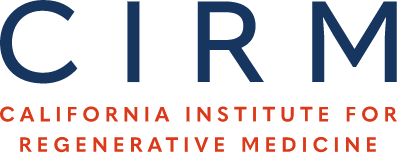Laboratory for Cell and Gene Medicine: A partner in the California Cell and Gene Therapy Manufacturing Network
The Stanford LCGM supports process development and manufacturing for investigator initiated and select industry partner clinical trials. The objective of our proposal is to complete our project plan and enhance…



